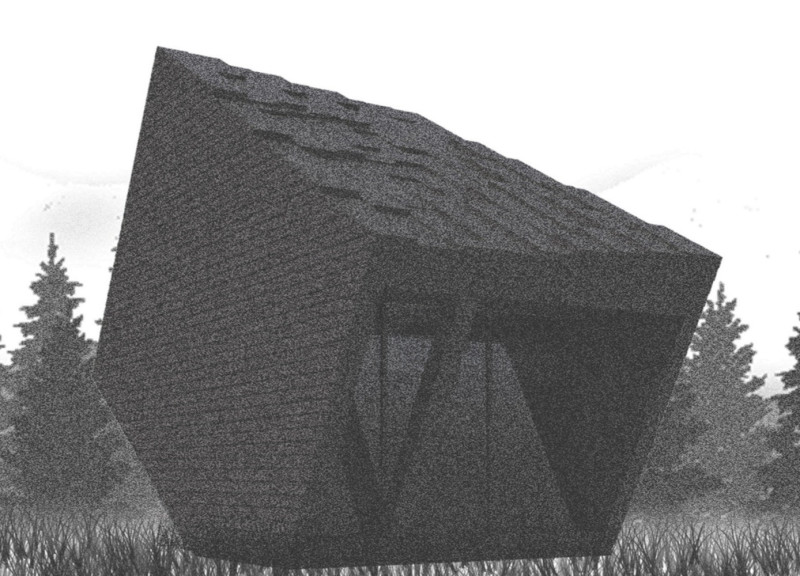5 key facts about this project
The design combines sustainability with practical living, situated within a contemporary residential environment. The focus is on maximizing functionality through the creative use of vertical levels. This approach not only enhances the layout but also supports environmental initiatives, including rainwater collection and solar energy usage, reflecting a commitment to ecological awareness.
Vertical Levels
The project makes effective use of verticality, creating a sense of movement and flow in the interior space. By introducing varying heights, different functional areas are established. This not only improves usability but also contributes to an open and engaging atmosphere, ensuring that every space serves a purpose in the day-to-day life of its inhabitants.
Rainwater Management
An important aspect of the design is the rainwater management system. The roof's structure is carefully crafted to collect rainwater and direct it into an underground tank. This method helps reduce reliance on external water sources, highlighting the project's dedication to conservation. By integrating this feature, the design promotes responsible water usage, suitable for a modern lifestyle.
Solar Energy Integration
Solar panels are incorporated to enhance energy efficiency throughout the home. The roof is tailored to accommodate these panels effectively, allowing the collection of renewable energy. This aspect of the design not only addresses the energy needs of the family but also supports larger sustainability goals within the community.
Materials and Aesthetic Considerations
Wooden wall layers are utilized to add warmth and improve thermal regulation. This choice of material aligns with the project’s sustainability objectives by fostering a natural environment inside the home while complementing the architectural style. The wood enhances the connection with nature and creates a calming atmosphere.
The design culminates in a roof that is both functional and visually appealing, capturing rainwater while maximizing sunlight for energy use.



















































